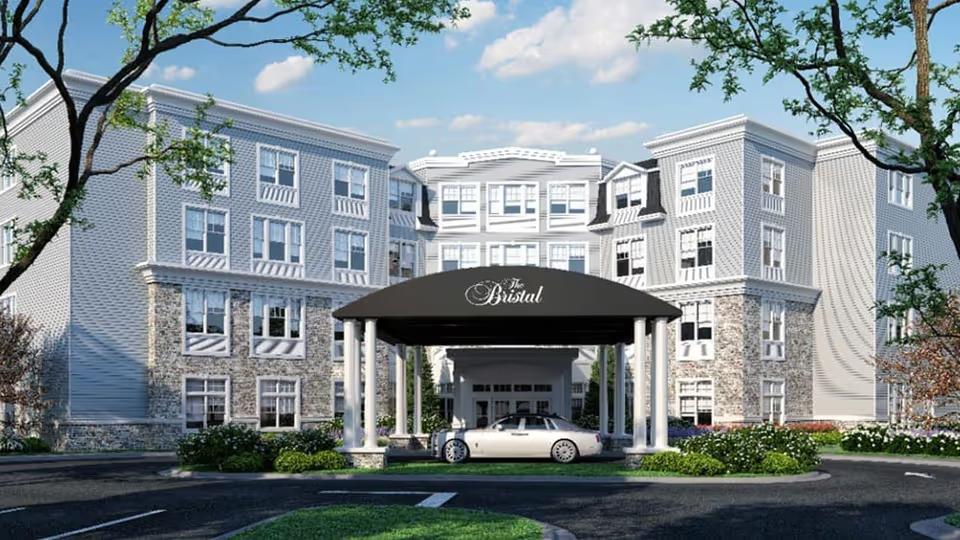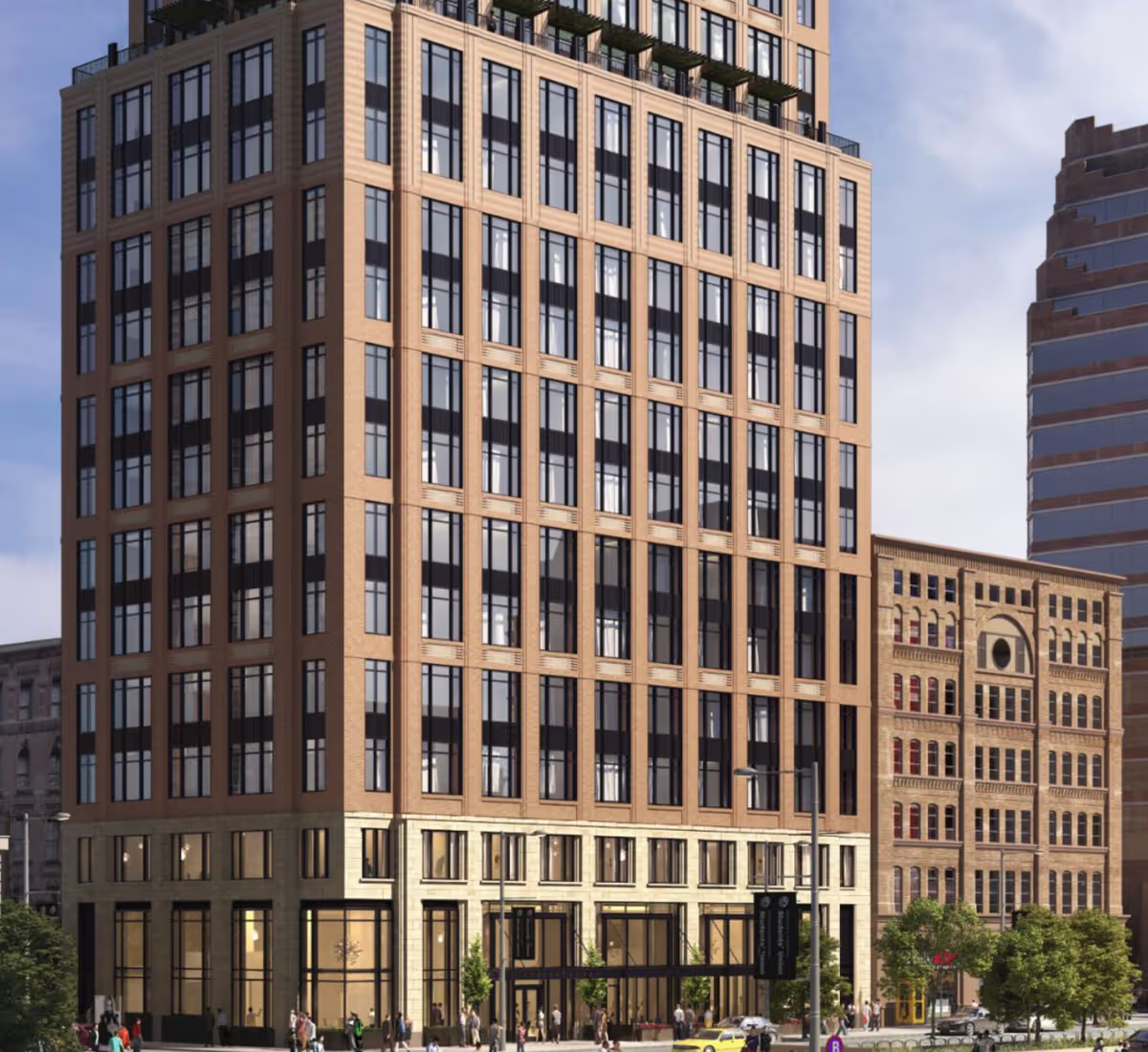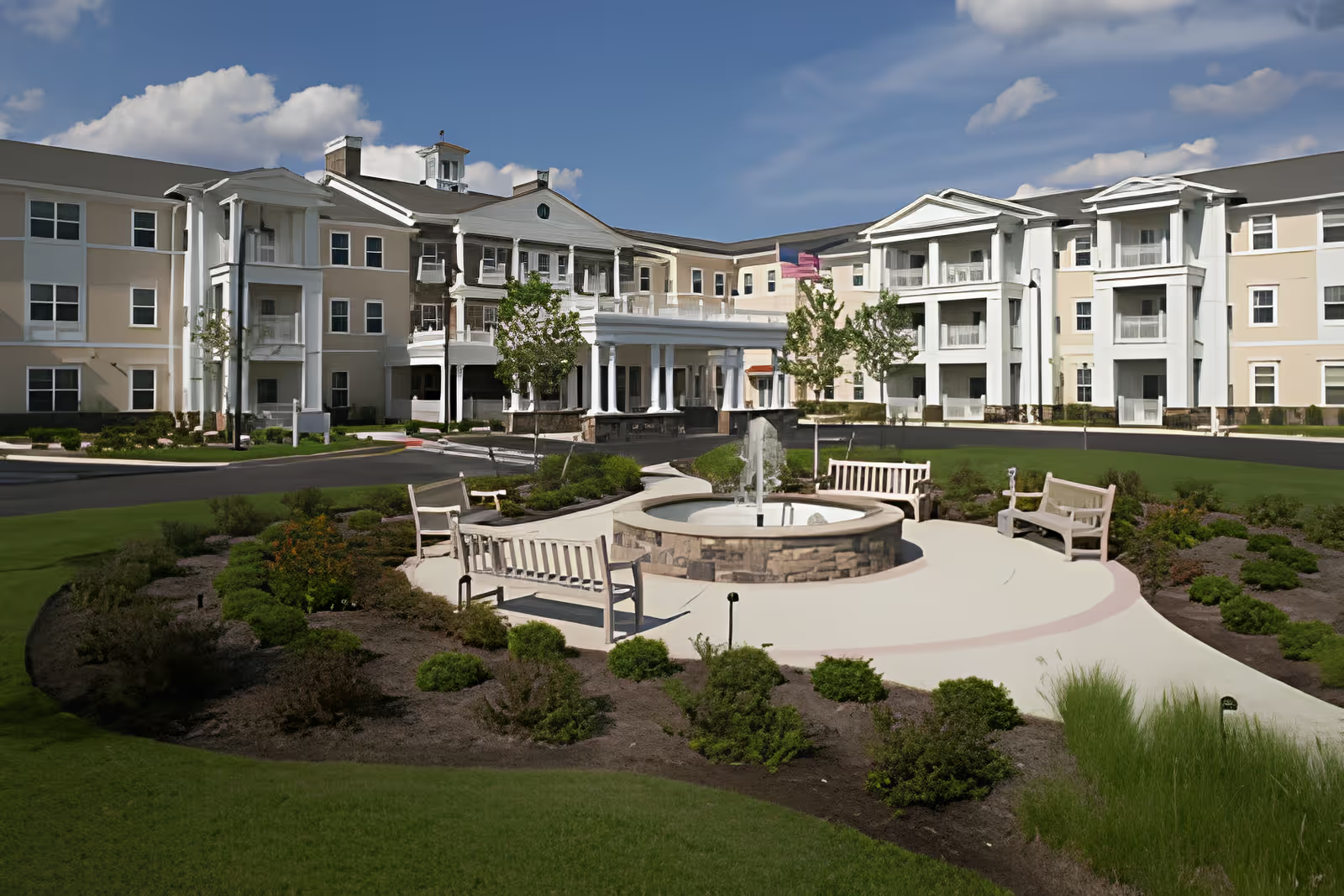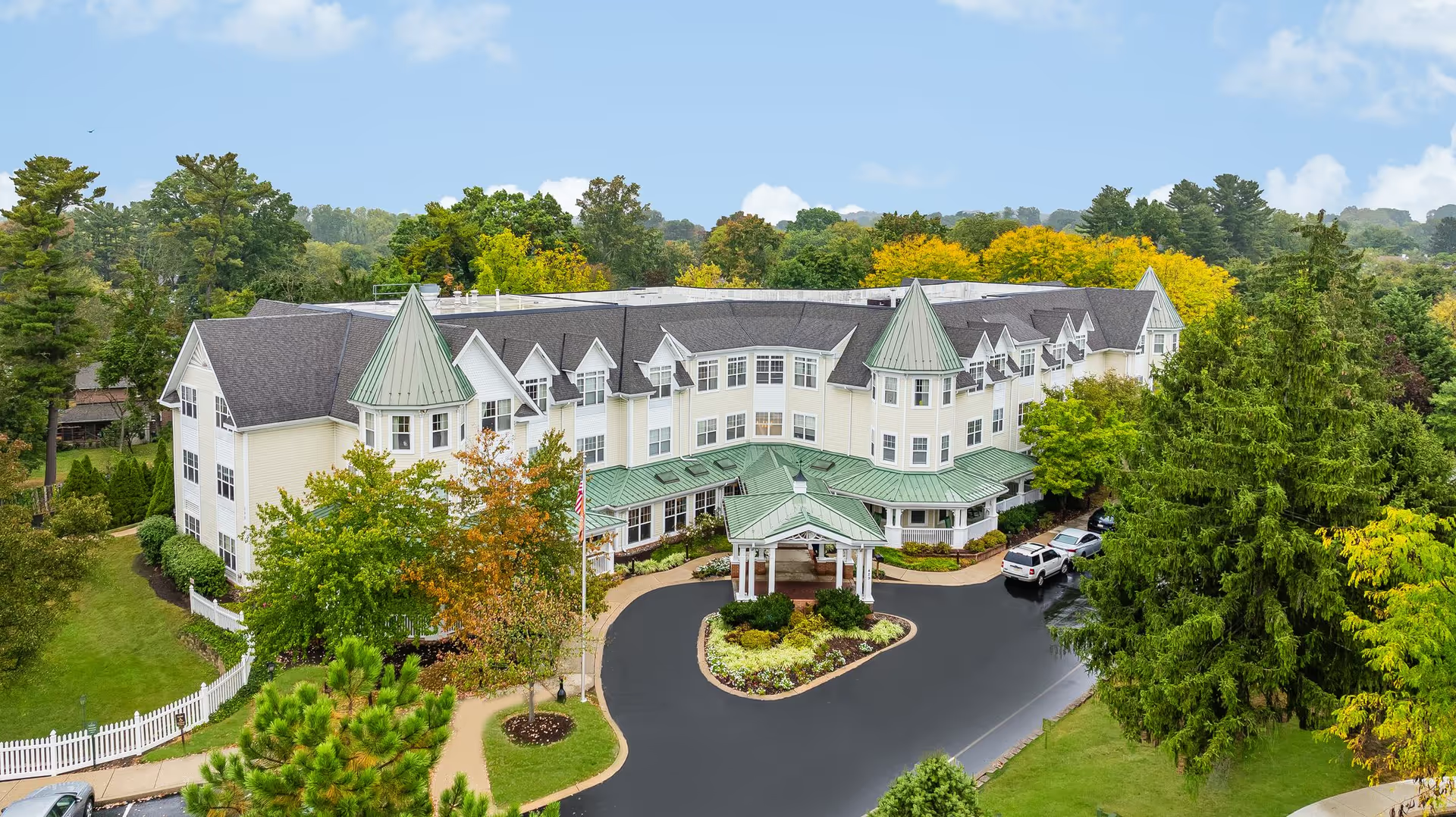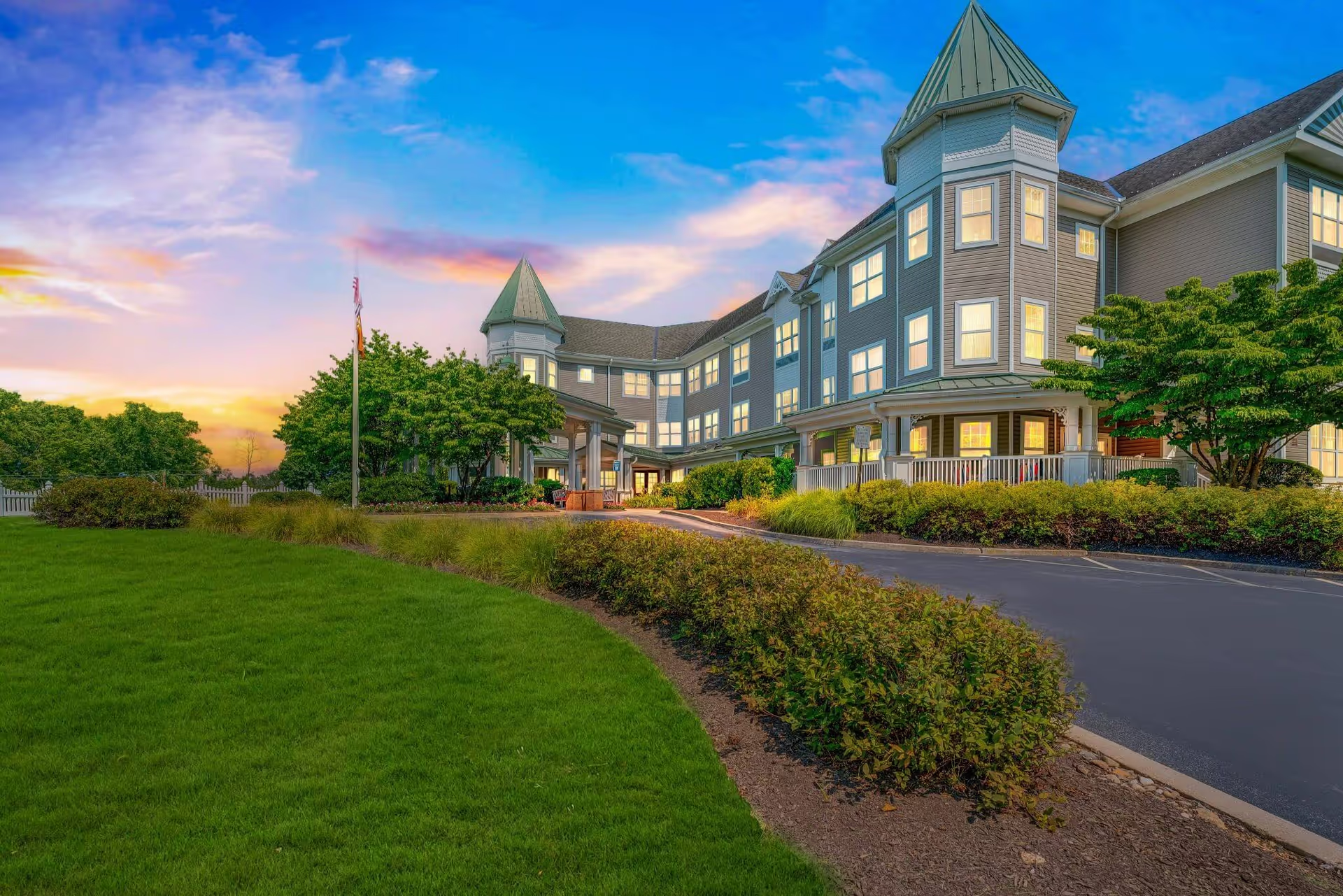Overall sentiment in the reviews for Sunrise of Randolph is mixed but leans positive on frontline caregiving and facility quality while showing consistent concern about costs, management stability, and inconsistent service delivery. A substantial portion of reviewers praise the physical environment — many describe the building as newer, bright, attractive, and well-maintained, with restaurant-style dining rooms, back gardens, patios, and numerous common/social areas. Housekeeping and cleanliness are frequent positives. Amenities such as an on-site salon, baking area, activity rooms, and a variety of social programs are frequently cited as contributing to a warm, home-like atmosphere.
Care quality and staff are among the strongest, most commonly reported positives: numerous reviewers call out compassionate, professional, and attentive aides and nurses, 24/7 care, and staff who customize meals and help with medications. Many families emphasize that staff members helped with transitions, provided comfort, and fostered a sense of safety and peace of mind. Several narratives describe strong relationships between families and direct-care staff (baked treats, personalized fare, weekly memory-care coordinator calls). A large set of reviews praise the activities program: before COVID many activities were described as “fantastic” with bingo, live music, arts & crafts, cooking, movies, outings, and themed parties. Even post-COVID, reviewers note continued engagement efforts and leadership by activity staff in many cases.
Despite those strengths, there are persistent and substantive concerns that appear across many reviews. Cost is the single most recurring negative theme: reviewers frequently call the community “very expensive,” note extra assistance charges, and report aggressive billing practices including late fees and unwanted ongoing auto-withdrawals after a resident left. Several families experienced unexplained daily care-cost increases that were implemented immediately with little or no written justification. Medicaid acceptance is a notable limitation: the facility reportedly has a low percentage of Medicaid capacity, no Medicaid beds available at times despite apparent vacancies, and restrictions on the types of Medicaid accepted — an important practical constraint for many families.
Management, communication, and consistency problems form a second major cluster of concerns. Multiple reviewers indicate high turnover in leadership and clinical management (reports of multiple executive directors, heads of nursing, and activities directors in a short period), and link that turnover to poorer coordination and uneven quality of care. Some families recount poor communication from leadership (unanswered emails, difficulty reaching executives), lack of transparency about care plans, and problematic sales or admissions experiences (pressure or misinformation, being admitted at the wrong level of care). There are also several reports of care lapses and safety incidents — weight loss not picked up by staff, a missing/broken tooth not reported, residents sleeping in chairs, falls resulting in ER visits — which reviewers use as evidence of inconsistent monitoring and staffing levels.
Memory care emerges as a mixed picture: the community has a dedicated memory-care unit and some programs, but multiple reviewers report that memory-care residents are often passive, with insufficient tailored engagement, limited appropriate activities, and occasional aggressive behaviors among residents. Some families indicate staff do not always provide promised services in memory care, or that residents were asked or pressured to leave. Conversely, other reviewers praise specific memory-care staff and the weekly outreach from coordinators, showing variability likely driven by staffing and management stability.
Operational gripes are numerous and practical: limited parking, inconsistent enforcement of pet policies, move-in fees and policies that some families found excessive or awkward (examples include a $3,800 move-in fee and expectations that families manage move-in logistics), furniture not included, and limited transportation to doctors beyond a set distance. COVID-era restrictions also caused friction: several families were upset about lockdown-era policies, extra care fees charged during lockdowns, canceled activities, and limitations on in-person visitation — though others explicitly praised the facility for keeping families connected and implementing strong safety measures.
Taken together, the reviews point to a community that can deliver excellent, compassionate, and well-regarded hands-on caregiving and that provides a high-quality physical environment and robust activities for many residents. However, prospective families should be aware of consistent concerns about cost structure and billing practices, Medicaid limitations, episodic lapses in management communication and clinical oversight, and variability in memory-care programming. The mixed experiences appear correlated with staff and leadership turnover: when staffing and management are stable, reviewers commonly report outstanding care, activities, and family satisfaction; when turnover is high or communication breaks down, reviewers report care gaps, unexpected charges, and distressing incidents. Prospective families would be well served to (a) ask for written explanations of all fees and any recent or planned rate increases, (b) verify Medicaid policies and bed availability for their particular situation, (c) request current staffing and leadership stability information, (d) review specific memory-care programs and schedules, and (e) clarify move-in logistics, pet rules, and transportation services during their tour and in the contract documentation.
